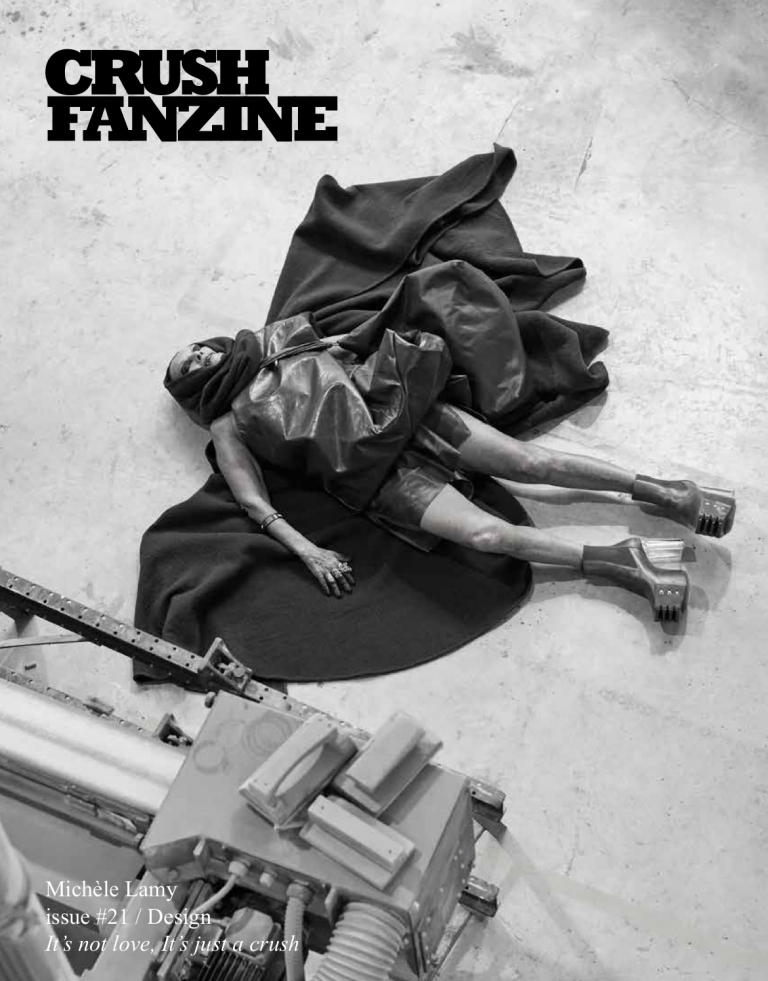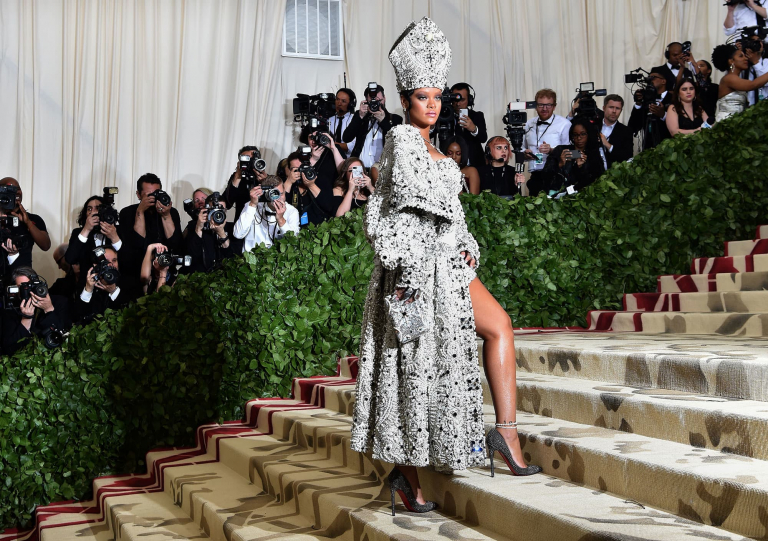And just like that, we brace ourselves for another crash. The newest installment of a Sex and the City revival has arrived. After six seasons and two movies, one would have thought one knew the direction And Just Like That (AJLT) was taking. But boy, oh, boy… did they change it up with this one.
A Little History
The TV show centered around four girlfriends in their 30s who slept around New York City in impossibly high stilettos. It first aired in 1998 and was incredibly progressive for its time.
Before Sex and the City (SATC), female characters in television sought romance only. In came Carrie, Miranda, Samantha and Charlotte, having sex “like men” in the series’ very first episode. Needless to say, SATC was revolutionary in its handling of women’s sexuality.
Then, four years after the series ended, the first movie came out. It focused on Carrie’s failed-then-successful marriage with Mr. Big, her main romantic interest in the series. Yet the film was quite different from the show in terms of scale. Though SATC was already known for its stunning fashion, the movie absolutely knocked it out of the park. It replaced the unrealistically chic outfits of the series with outlandishly perfect couture, yet kept the same essence.
Two years later came the movie’s sequel, which is widely known as a critical failure. It put the girls against a very different backdrop: that of Abu Dhabi. This, unfortunately, gave wave to shameless orientalism. Indeed, the film depicted Muslim women as attractions to be pitied and the Middle East as nothing short of bigoted.
Hence, when And Just Like That was first announced, it was impossible to know what to expect. Would the show go for the relationship-center storylines of the original? Or would it opt for the campy, vapid fantasy of the movies? Turns out, the answer was neither.
Getting Old, Getting Sad
The first episode of And Just Like That might hit fans like a ton of bricks. Carrie faces the loss of two of her dearest friends. Though Samantha is, as the show clarifies, not dead, she is no longer present in Carrie’s life. The other character, however, does die, and Carrie is left to her own devices to deal with all of it.
This sets a very clear tone for the series. It is far more serious and down-to-earth than the whimsical and lighthearted nature of the original SATC. This is, in a way, a very clear response to the characters’ increasing age. They are no longer in their 30s. Their lives no longer revolve around settling—whether that is romantically, financially or sexually. They have settled. And now they see what they had constructed crumble away.
It isn’t only Carrie who deals with loss. Miranda mourns the loss of romance within her marriage and interest in her own son. Charlotte grapples with the loss of her ideal New York family, her child’s changing gender identity distorting it. In that, AJLT sends a clear message: the world of 50-year-old women is a sad, sad one.
Women in their 50s comprise as little as 8% of primetime Internet screen time. So what a show focusing on a group of women around that age says about them matters. It matters that AJLT presents what once were an ideal group of 30-year-olds as a pitiful group of fifty-year-olds. Is it really that women in their 50s can no longer have fun?
To be fair not everything in AJLT is bleak. Despite her unhappy marriage, Miranda allows herself to explore new areas of her sexuality. Charlotte’s troubles aren’t really very significant and represent a sort of breather within each episode. Yet things are a little bit different for Carrie…
Making Amends
Carrie Gets What She Had Coming
After SATC aired its final episode and the two movies came out, there came a moment of reflection. People suddenly became aware of the series’ many flaws, such as its unrealistic nature and Carrie’s problematic personality. In fact, the world abruptly came to a consensus: Carrie Bradshaw was a horrible person, unbearable to watch.
It could be possible to write a whole article about just how problematic that is. After all, male characters, such as the infamous Walter White, are allowed to just be as bad as they want. Yet when female characters are flawed, they never catch a break, much like Carrie in AJLT.
Contextualized, the show’s relentless destruction of everything Carrie loves (from people to shoes) could be interpreted as punishment. Carrie was too whiny. She was a bad friend, a bad girlfriend. Carrie’s life was too perfect. So now, Carrie’s life becomes constant emotional torment. It’s almost as if the show was trying to deconstruct the fantasy SATC had previously built. Such an intention might just be a reflection of the times. Optimism is out. Pessimism is in vogue.TV shows have gotten darker, and And Just Like That is no exception.
Diversity, Forced?
But the show’s attempt at fixing what it did more than twenty years ago doesn’t stop there. With the rising awareness of Carrie’s antihero-like qualities, people also managed to see past SATC’s progressive front. While the show normalized women taking hold of their own sexuality, it fell short in virtually all other aspects. Despite New York City’s diverse nature, the show focused on cisgender, white characters and heterosexual relationships for the most part.
In AJLT, however, we see the characters plucked out of their fantasy world and thrown into reality. Suddenly we see diversity prop up everywhere around them. Each is paired with a new character of color. Miranda has her black professor, Dr. Nya Wallace. Charlotte befriends Lisa Todd Wexely, a fellow soccer mom who happens to be black. Carrie works on a podcast with Mexican-Irish, non-binary comedian Che Díaz and becomes friendly with her Indian realtor, Seema Patel.
And while the show’s attempts to inject diversity into the mix are very much appreciated, the execution is a little questionable. Each “diverse” character has a storyline that prevents them from falling completely flat. They are not just stand-ins for their race, ethnicity, sexuality, or gender identity, but have some dimension. Yet AJLT fails to use them as anything more than props. These characters do little beyond standing beside their white counterparts to create an illusion of political correctness.
The sad reality is that AJLT cannot undo what SATC did wrong. It cannot replace its main characters with more diverse ones. It cannot go back in time. What matters, however, is that the show is somewhat aware of that. It acknowledges that erasure is no longer acceptable and that representation matters. And that’s something AJLT gets right—besides the fashion, of course.
The Fashion
One cannot talk about the SATC saga without talking about fashion. The show had an astounding hold on fashion trends during its run. From the “Carrie necklace” to the Fendi baguette, SATC managed to put certain things in style and keep them there. And if there was ever anything consistent within the show’s universe, it was the quality of the looks.
Thankfully, AJLT did not fall short. The great Patricia Field did not design the costumes for the show. Still, Molly Rogers and Danny Santiago did a great job of capturing the characters’ particular fashion. Charlotte is still preppy. Miranda still has a penchant for the masculine. Carrie is still fashionably unhinged.
Nevertheless, the clothes are not the same as they used to be. They have grown with the characters. They acknowledge that they have grown older. Fortunately, the designers found a way to avoid turning the characters into figures of modesty without styling them “too young”.
There is, however, a fundamental difference between the characters’ current fashion. Though the outfits are just as good, the show lends them much less focus. Such an impression is rather puzzling, especially considering that SATC was never really a show about fashion. Instead, fashion was within it. Perhaps it’s the fact that AJLT continuously portrays its characters through close-ups and medium shots. This creates less opportunities for us to admire Carrie’s fashion, which might be a good thing. If the intention is to bring the story to reality, less focus on sartorial choices seems like the right decision.
A New Era
In conclusion, And Just Like That does something that few revivals manage to do: bring something new to the table. The show does not feel like a sloppy continuation of what once was, but a new beginning. It is full of possibilities. SATC was a revolutionary comedy about women in their 30s. AJLT could be a revolutionary drama about women in their 50s. Who knows what the future might hold.
Like this article? Check out all you need to know about House of Gucci!






